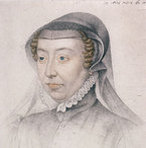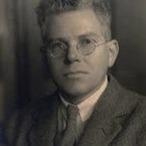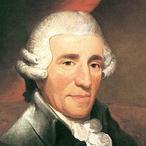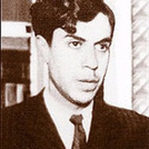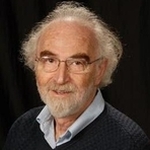|
Scientists have discovered that some of our non-coding DNA, previously dismissed as “Junk DNA,” may in fact be responsible for the difficulty in predicting and treating diseases such as Diabetes, Crohns, High Blood Pressure, Cancer and Depression. 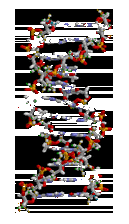 In 1972, Susumu Ohno, a geneticist and evolutionary biologist at the City of Hope Medical Center, labelled the seemingly large percentage of non-coding DNA as “Junk DNA”[i]. This label may have hampered serious attempts to ascertain the true function of non-coding DNA for over 30 years, but all that changed with the inception of the ENCODE project in September 2003. The culmination of the ENCODE project’s output to date is the simultaneous publication of 30 scientific papers in the journals Nature, Genome Biology, and Genome Research, on 5th September 2012, postulating that at much more of our DNA is biologically active than previously thought. The importance of the discovery is that the DNA once dismissed as “junk” may in fact hold the key to the behaviour of cells, organs and other tissues. Changes in the junk DNA can alter gene switches the key areas which affects disease growth. These gene switches are found throughout the “junk” DNA, and number in their millions. They have already been linked to over 100 diseases including schizophrenia, and there may even be one which controls height. Understanding how these switches work will allow researchers to better comprehend the risk factors for various diseases, and the possibilities for recovery. The ENCODE project, which stands for The Encyclopaedia of DNA Elements, was in many the successor to the Human Genome Project. It has received $288 million dollars of funding from the U.S. National Institute of Health, and has a consortium of 443 scientists from more than 30 institutions worldwide. It has conducted over 1,600 experiments on 147 types of tissue, and put in over 300 years of computer time. Some of the results of these experiments overlap with the earlier GWAS (genome-wide association studies) which highlighted the relationship of changes in “junk” DNA to the risk of developing a disease in 2007. ENCODE’s discovery is the latest milestone on the road to the full understanding of the human genome. Here is a list of the previous key discoveries from a Guardian article in 2007[ii]: 1859 Charles Darwin outlines evolution by natural selection of inherited changes 1865 Gregor Mendel experiments with pea plants, finds genes, and develops theories of heredity 1943 Erwin Schrödinger proposes the gene as the information carrier 1944 A United States team decides that DNA must be acting as the unit of heredity 1953 Francis Crick and James Watson decipher DNA structure 1977 Fred Sanger, in Cambridge, develops a way of sequencing DNA 1987 The US energy department proposes the human genome project 1989 Cystic fibrosis gene indentified 1995 Haemophilus influenzae becomes the first free-living organism to have its entire genome sequenced 1999 At Cambridge, the first map of an entire human chromosome (22) 2000 First draft of human genome announced June 26. Leprosy, meningitis and fruit fly genomes completed 2003 Entire human genome is sequenced References:
[i] So Much ‘Junk DNA' in our Genome. Dr. Susumu Ohno. EVOLUTION OF GENETIC SYSTEMS. H. H. Smith, Ed. Brookhaven Symposia in Biology, No. 23. Gordon and Breach, New York, 1972. pp 336-370. Click Here for E-version of article So Much ‘Junk DNA' in our Genome. [ii] Human code fully cracked. Tim Radford. Guardian. 14 April 2003.
0 Comments
Your comment will be posted after it is approved.
Leave a Reply. |
Categories
All
Archives
November 2013
|
MOST VIEWED POSTS
© James Edward Hughes 2013
 RSS Feed
RSS Feed
